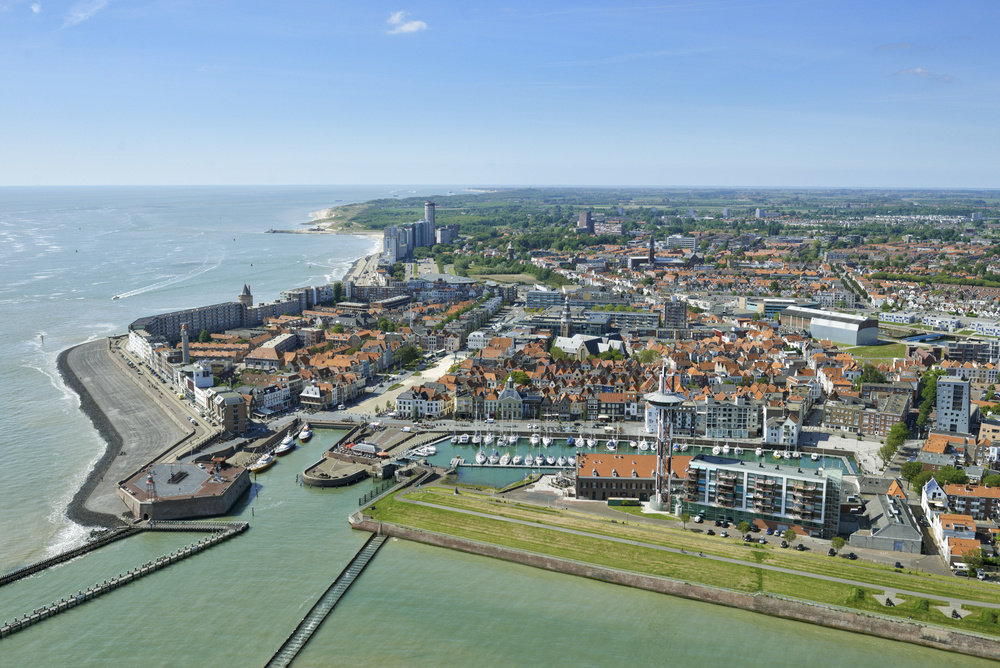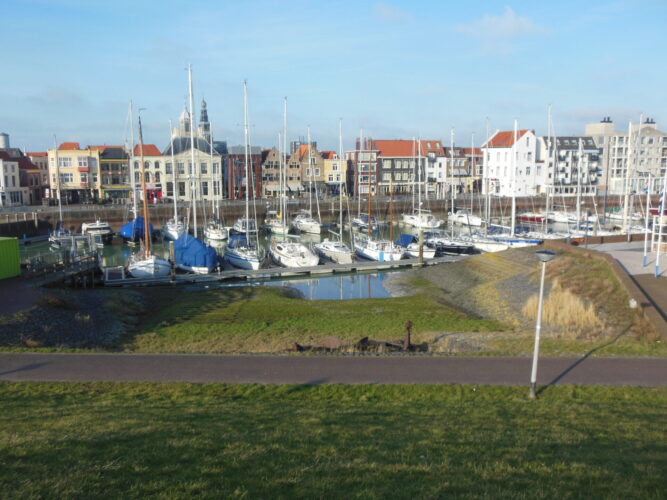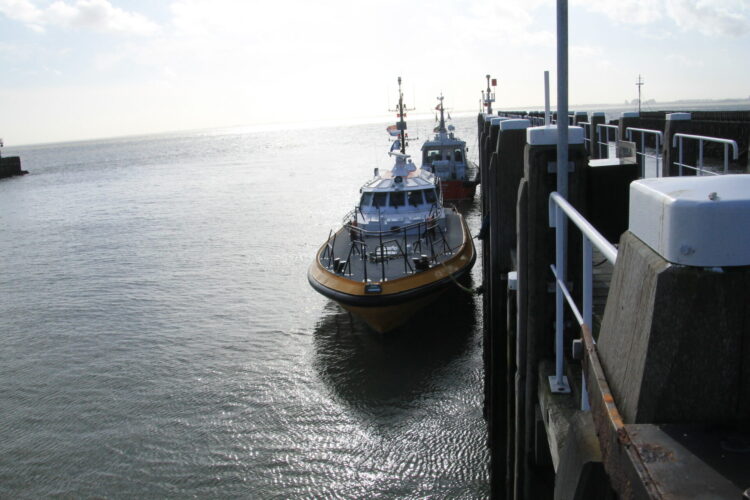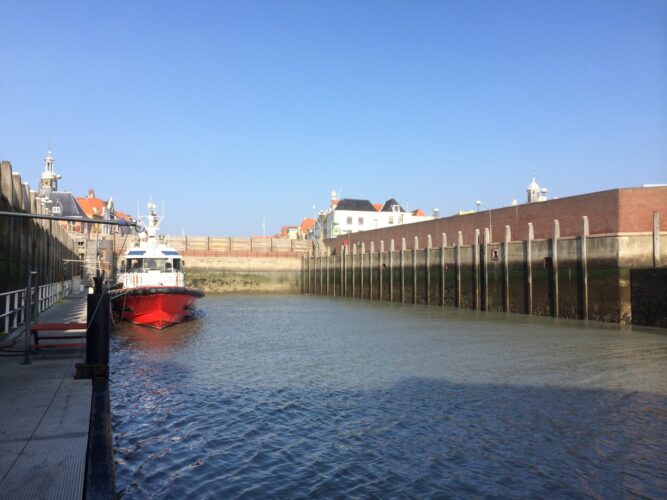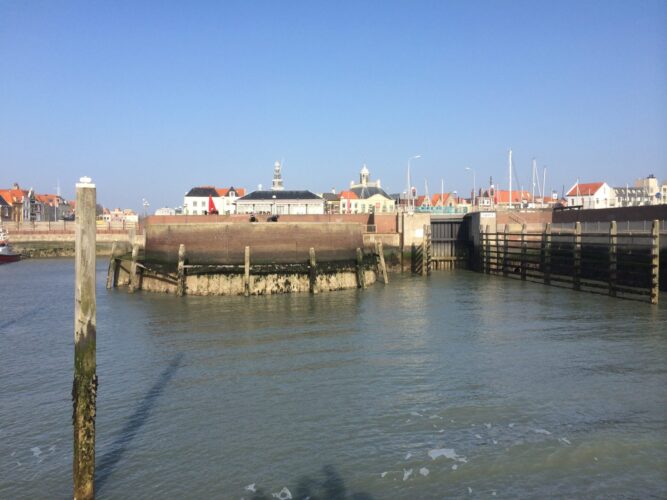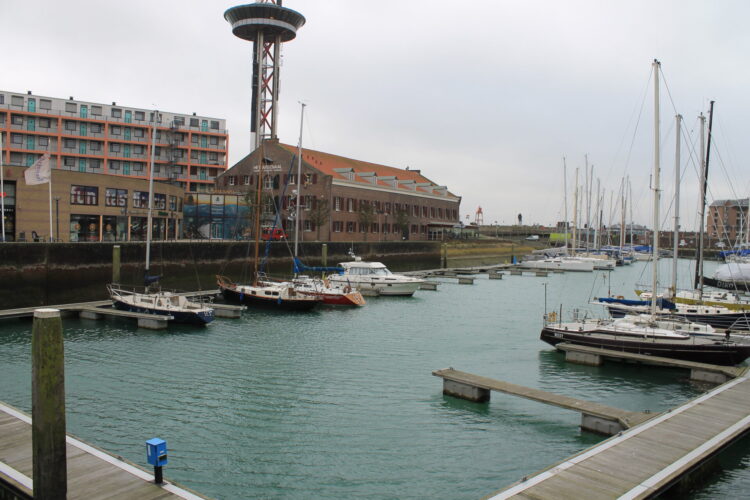Our contribution
Walhout Civil was being contracted urgently by the Client for diving inspections and bathymetric surveys in order to get a better understanding of situation of the seabed. Large amounts of soil material and stones where discovered during the inspections and low tide. The bathymetric survey was executed by use of a new RCV Remote Control Hydrographic Survey Boat, a floating drone capable of performing sharp measurements up to < 20 cm under the water level. The drone was been able to make measurments at normally, unreachable locations, like under the landing stages and mooring constructions. Walhout Civil made a dredging program for the Koopmanshaven based on the conducted research. Besides, the objects and assets in the Koopmanshaven and Vissershaven have been thoroughly inspected. Based on a Dutch method for condition measurements (NEN norms), maintenance and restoration plans has been prepared. A summary of our activities:
- Dive inspections
- Bathymetric survey
- Integral meetings with Pilotage and stakeholders
- Desk and archive studies
- Inspections and NEN-condition measurement of assets
- Dredging program, maintenance and restoration plans
Copyright pictures: DNA-Beeldbank, Aerophotostock (with permission)




